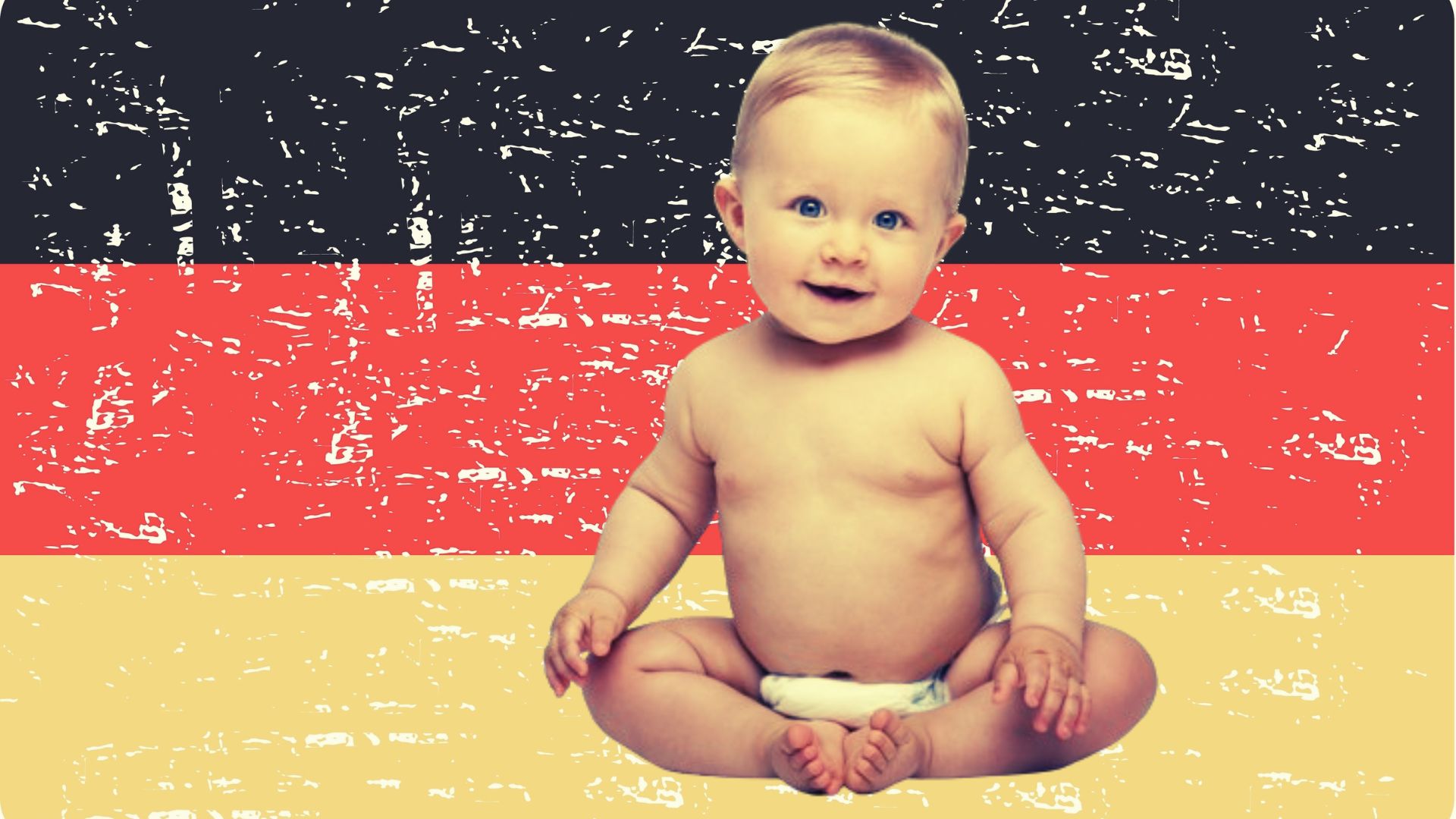Germany’s birth rate continues to crater, dropping 7 percent to 1.35 children per woman in 2023, according to the Federal Statistical Office, however, the eastern states are especially suffering.
A total of 692,989 children were born in 2023, which is 45,830 fewer than in 2022 when 738,819 babies were born and the birthrate was 1.46.
Therefore, 2023 marks the lowest number of children born since 2013, when 682,069 births were recorded, which was already close to the all-time record low.
The German birth rate has been falling since 2017 on a straight line, except for 2021, when the only increase was recorded.
Notably, women with foreign citizenship, who comprise an ever-greater share of the population each year, have a much higher birth rate than German citizens, coming in at 1.74. Comparatively speaking, German citizens have a birth rate of 1.26. In 2022, foreign women had a birth rate of 1.88 and German citizens were at 1.36, which shows 2023 saw a fall in both categories.
Many German citizens have a foreign background as well but their foreign background is not recorded in the statistics.
The states with the lowest foreign populations are seen in the east of the country, and they also have seen the biggest birth rate crashes. For example, Saxony fell by a troubling 10 percent compared to 2022, while Mecklenburg-Vorpommern fell by 9 percent. In Brandenburg and Schleswig-Holstein, both states fell by 8 percent.
Precipitous crashes in births have been recorded across Europe, Already in 2021, Europe saw the fewest babies born in 80 years. Other nations saw record-low births last year, including Poland, which saw the fewest number of children born since the Second World War.






